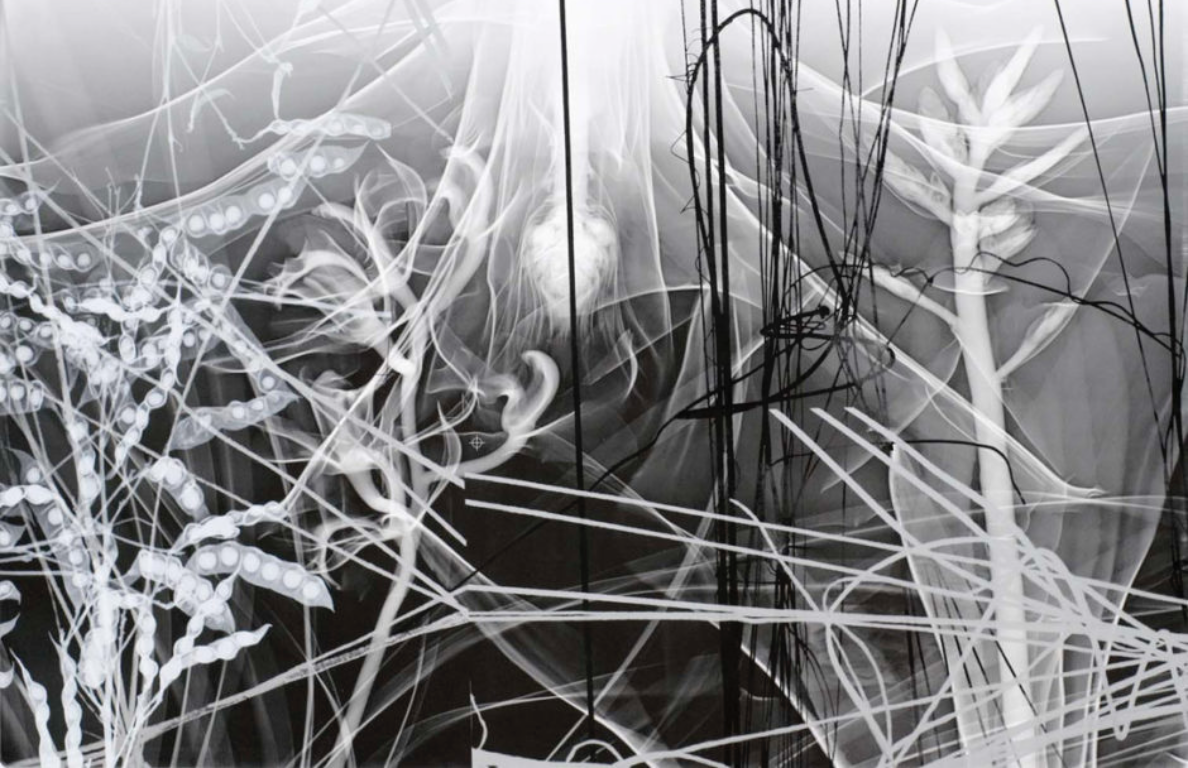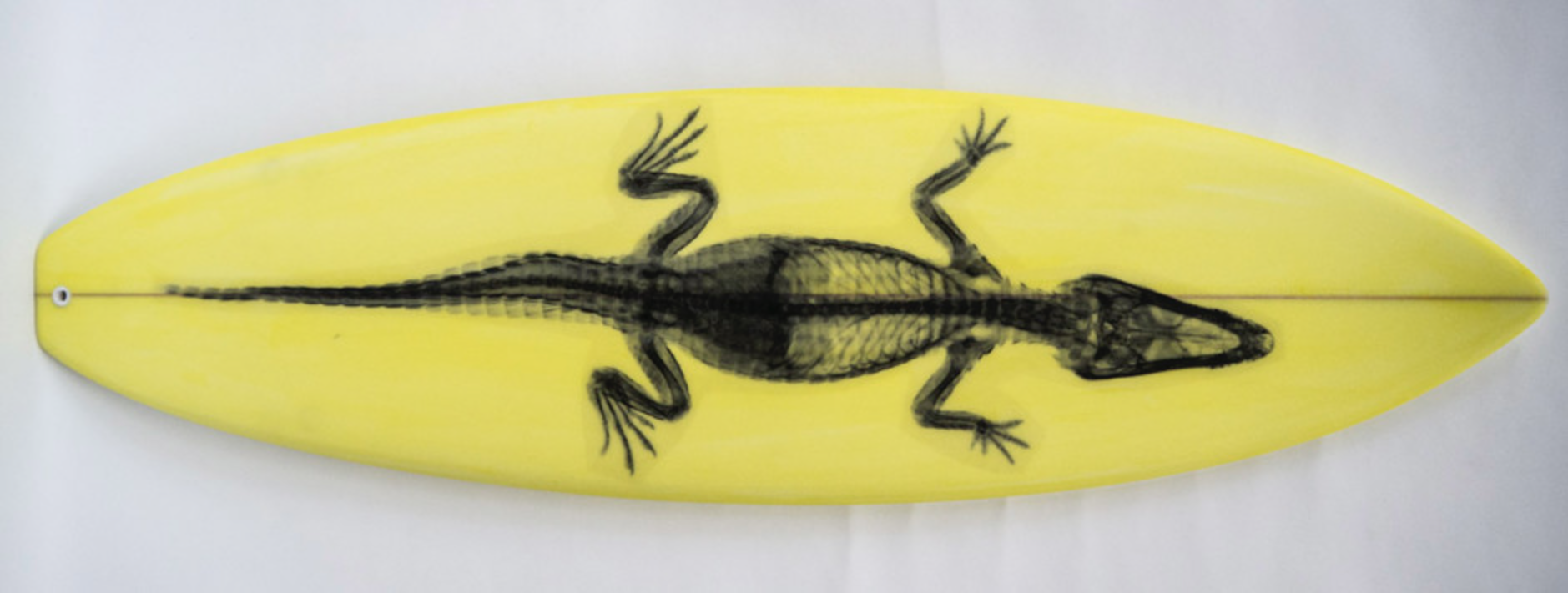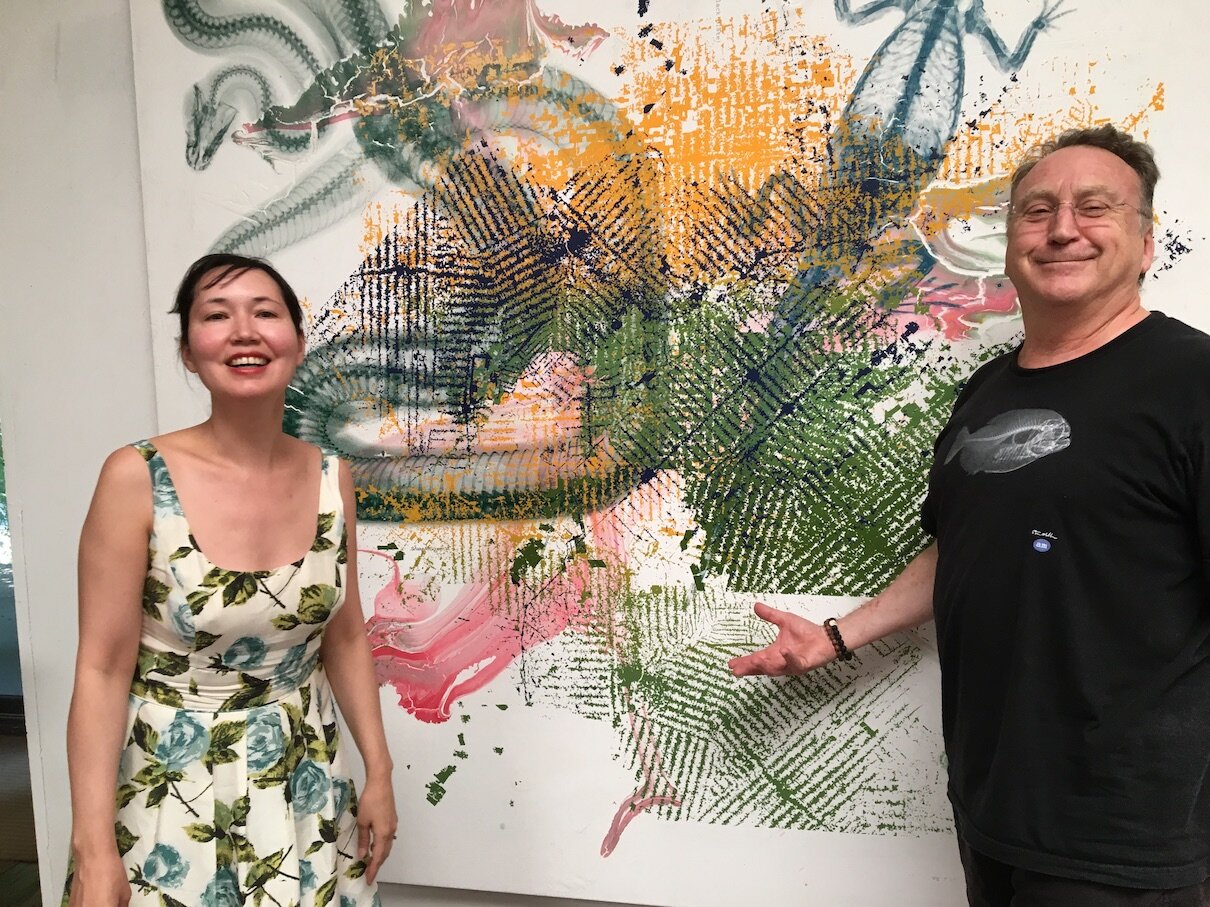Bridging Art & Culture in Athens: Inside the MUSEUM HERAKLEIDON - Highlights
/General Manager & Communications Director
Herakleidon Museum, Athens
General Manager & Communications Director
Herakleidon Museum, Athens
General Manager & Communications Director
Herakleidon Museum, Athens
Writer, Cognitive-Behavioural Psychotherapist
Author of How to Think Like a Roman Emperor
At first when I began writing these books, people told me that they didn’t think there was an audience for them. They thought it was a kind of niche subject, nobody was really that interested in it. And then gradually it became clear that there’s a surprisingly big audience of people that really have a craving for Classical wisdom and are interested in history, in the relationship between history and self-improvement and philosophy and psychotherapy.
Writer, Cognitive-Behavioural Psychotherapist
Author of How to Think Like a Roman Emperor
At first when I began writing these books, people told me that they didn’t think there was an audience for them. They thought it was a kind of niche subject, nobody was really that interested in it. And then gradually it became clear that there’s a surprisingly big audience of people that really have a craving for Classical wisdom and are interested in history, in the relationship between history and self-improvement and philosophy and psychotherapy.
Sculptor
I think direct contact with the material should be important to every sculptor because I think once you lose that it becomes a second hand process. It’s one of the reasons the casting process isn’t so interesting to me just because the final product, the final piece has not been touched by the artist. There’s no relationship with the mind that conceived the piece or designed it. I think something is lost when that happens. And it becomes something else.
Sculptor
I think direct contact with the material should be important to every sculptor because I think once you lose that it becomes a second hand process. It’s one of the reasons the casting process isn’t so interesting to me just because the final product, the final piece has not been touched by the artist. There’s no relationship with the mind that conceived the piece or designed it. I think something is lost when that happens. And it becomes something else.
Executive Director of the President Wilson House in Washington, D.C.
I have three missions, topics of conversation, ideas for exhibitions and really discussions that we want to bring to life at the House, and those are stories of African-Americans, racial conflict, and social justice, as well as women and women’s stories, suffrage, and finally Wilson’s international legacy and how he was seen after the Great War. I think those three topics are topics that resonate today. So, even though they’re 100 years old and issues that he faced in his Presidency, these are topics that are still relevant. We’re still talking about social and racial justice. We’re still about women being enfranchised and women, not just in the vote, but having positions in Board of Directors, museums, companies, and corporations across the United States.
Executive Director of the President Wilson House in Washington, D.C.
I have three missions, topics of conversation, ideas for exhibitions and really discussions that we want to bring to life at the House, and those are stories of African-Americans, racial conflict, and social justice, as well as women and women’s stories, suffrage, and finally Wilson’s international legacy and how he was seen after the Great War. I think those three topics are topics that resonate today. So, even though they’re 100 years old and issues that he faced in his Presidency, these are topics that are still relevant. We’re still talking about social and racial justice. We’re still about women being enfranchised and women, not just in the vote, but having positions in Board of Directors, museums, companies, and corporations across the United States.
Sébastien Gokalp · Director of France’s National Museum of Immigration
Curator of Exhibitions at Centre Pompidou, Musée d’art Moderne de la Ville de Paris & Louis Vuitton Foundation
We have a motto that says that ‘we want to change the gaze on immigration or to open the eyes on immigration’. We’re not here to make action in society, but we want people who come here to have elements of reflection, perception about the question of immigration. To change a mind, because immigration is about the stories of people who come from another country–they are someone else, basically–by assisting them we want to show how someone else can be great for us and not a stranger, foreigner, nor an enemy, but a friend. Someone who will bring us many things about culture, about work, about a way of meaning, of thinking. We have a historical point of view. We want to show that from the French Revolution until now, so two centuries of stories.
Sébastien Gokalp · Director of France’s National Museum of Immigration
Curator of Exhibitions at Centre Pompidou, Musée d’art Moderne de la Ville de Paris & Louis Vuitton Foundation
We have a motto that says that ‘we want to change the gaze on immigration or to open the eyes on immigration’. We’re not here to make action in society, but we want people who come here to have elements of reflection, perception about the question of immigration. To change a mind, because immigration is about the stories of people who come from another country–they are someone else, basically–by assisting them we want to show how someone else can be great for us and not a stranger, foreigner, nor an enemy, but a friend. Someone who will bring us many things about culture, about work, about a way of meaning, of thinking. We have a historical point of view. We want to show that from the French Revolution until now, so two centuries of stories.
Novelist & Memoirist
Words are the oldest information storage and retrieval system ever devised…The written word will remain, scribbled on collapsed highway overpasses, as a testament to love and rage, as evidence of the wanderers in the ruin.
Multiple GRAMMY Award-winning composer
One of the ten most performed composers in America
“Architecture is frozen music,” as Goethe said…There is something about when you’re exploring not knowing exactly where it’s going to go or how it’s going to turn out which creates an element of surprise and an element of intrigue.
Multiple GRAMMY Award-winning composer
One of the ten most performed composers in America
“Architecture is frozen music,” as Goethe said…There is something about when you’re exploring not knowing exactly where it’s going to go or how it’s going to turn out which creates an element of surprise and an element of intrigue.
Deputy Director of Curatorial Affairs & Chief Curator Museum of Arts and Design
So the Museum of Arts and Design historically, for me, is part of a New York avantgarde scene. It's just that it was dedicated to artists working in these historically-marginalized materials. And it continues to do that. That mission has never changed.
Deputy Director of Curatorial Affairs & Chief Curator Museum of Arts and Design
So the Museum of Arts and Design historically, for me, is part of a New York avantgarde scene. It's just that it was dedicated to artists working in these historically-marginalized materials. And it continues to do that. That mission has never changed.
Founder & President of People for the Ethical Treatment of Animals (PETA)
They’re not human traits. They’re all shared traits because, of course, we all love. We all love our families, or not. We all grieve if somebody we love disappears or dies. A family dog, perhaps. A grandfather. We all feel loneliness, we all feel joy. We all really value our freedom. And so I think, if anything, looking into the eyes of the animal, even online, you see a person in there. There’s a someone in whatever the shape or the physical properties of that individual are. And that lesson is that I am you. You are me, only different. We are all the same in all the ways that count…Any living being teaches you– Look into my eyes. And there you are, the reflection of yourself.

carbon print, acrylic and silk-screen on canvas. 24 x 26.5 inches

004, Black Gator on Yellow, 2013. Square Tail Thruster, 70.5 inches x 20 inches

Square Tail Thruster, 70.5 inches x 20 inches

Steve Miller is a multimedia artist born and raised in Buffalo, New York. Being an early pioneer for the ‘science-art’ movement, his most recognized works are those of paintings and sculptures of the natural world. One of his latest projects, entitled, “Health of the Planet”, works with Brazilian scientists to showcase the diversity and necessity of the lungs of our planet, the Amazon rainforest. With surfboards depicting diagrams of alligators, and stingrays, as well as printed x-rays of sloths and native fruits of the country, the intention of the project is for Brazil to take a closer inspection on their global contribution to the planet. Over the past 30 years Steven has presented over 30 solo exhibitions at institutions across the US, China, France and Germany, continuing these conversations about ourselves, each other, and the planet that connects us all.
STEVE MILLER
I have this idea art should be in the world in as many forms and ways as possible, and I love communicating with skate decks… It partially started out in Brazil because what I was doing in Brazil is x-raying animals in the Amazon and I thought there was this idea in the old days that you’d go to the Amazon, you’d kill an animal, stuff it, bag it, and then you’d have this trophy of your kill. The alligators that we x-rayed were alive. I got them from a zoo in a town called Belem, which means Bethlehem in Portuguese.
This interview was conducted by Mia Funk with the participation of collaborating universities and students. Associate Interviews Producer on this podcast was Wills Ladd. Digital Media Coordinator is Hannah Story Brown.
Artist & Environmentalist
“I have this idea art should be in the world in as many forms and ways as possible, and I love communicating with skate decks… It partially started out in Brazil because what I was doing in Brazil is x-raying animals in the Amazon and I thought there was this idea in the old days that you’d go to the Amazon, you’d kill an animal, stuff it, bag it, and then you’d have this trophy of your kill. The alligators that we x-rayed were alive. I got them from a zoo in a town called Belem, which means Bethlehem in Portuguese.”
President · EARTHDAY.ORG
On the Importance of Climate Literacy & Training Programs
Not a single country in the world makes–probably one of the most important skills you’ll ever have–which is understanding the planet, a requirement. Nobody graduates from our high schools having those skills.
President · EARTH DAY.org
On the Importance of Climate Literacy & Training Programs
Not a single country in the world makes–probably one of the most important skills you’ll ever have–which is understanding the planet, a requirement. Nobody graduates from our high schools having those skills.
The Creative Process: Podcast Interviews & Portraits of the World’s Leading Authors & Creative Thinkers
Inspiring Students – Encouraging Reading - Connecting through Stories
The Creative Process exhibition is traveling to universities and museums. The Creative Process exhibition consists of interviews with over 100 esteemed writers, including Joyce Carol Oates, Hilary Mantel, Neil Gaiman, Viet Thanh Nguyen, Tobias Wolff, Richard Ford, Junot Díaz, Marie Darrieussecq, Michel Faber, T.C. Boyle, Jay McInerney, George Saunders, Geoff Dyer, Etgar Keret, Douglas Kennedy, Sam Lipsyte, and Yiyun Li, among others. Artist and interviewer: Mia Funk.